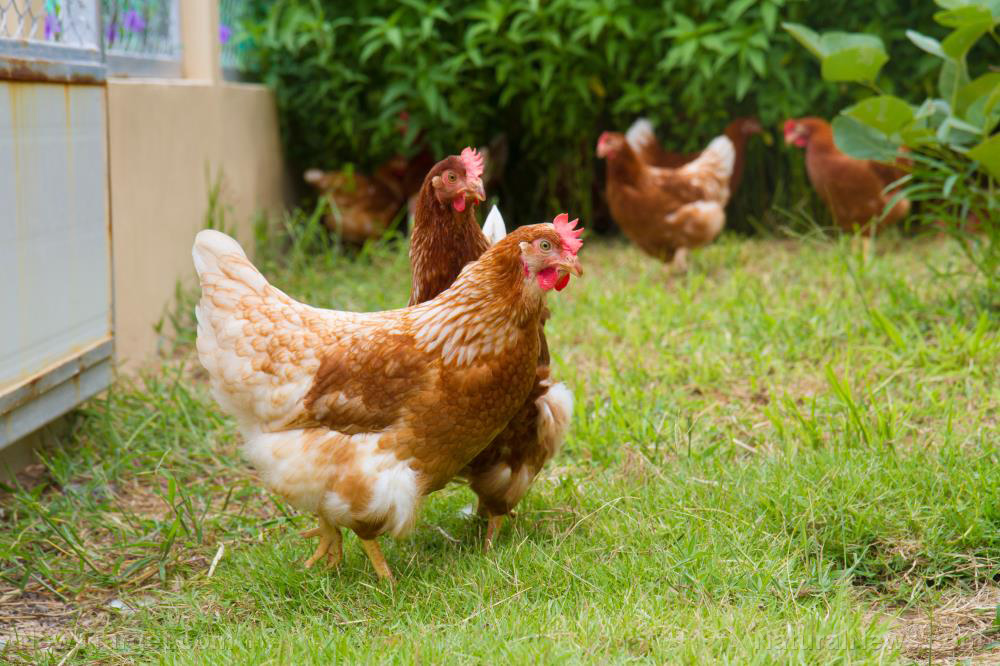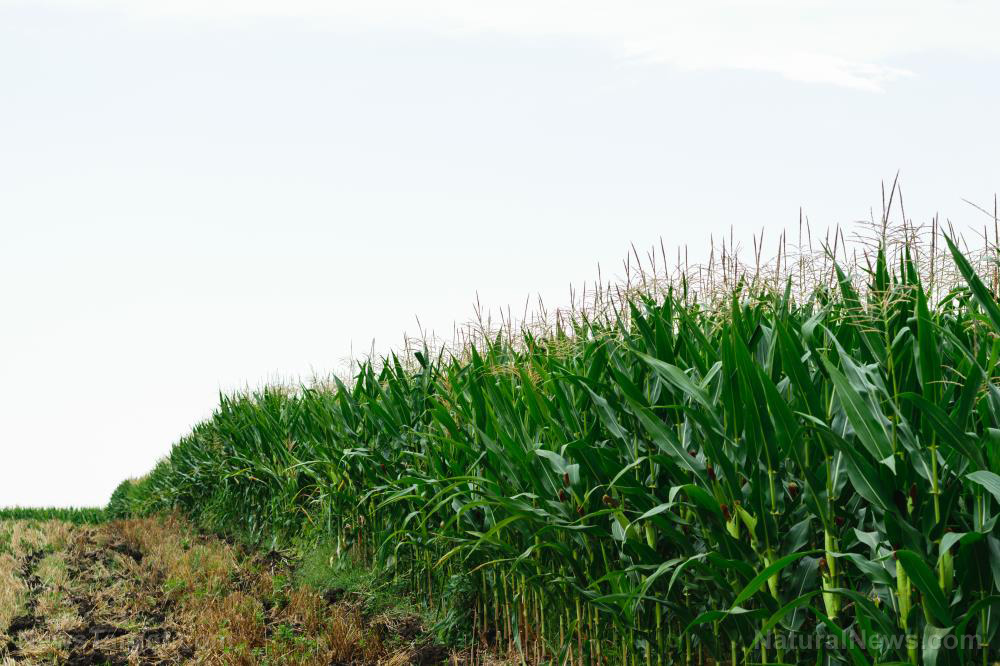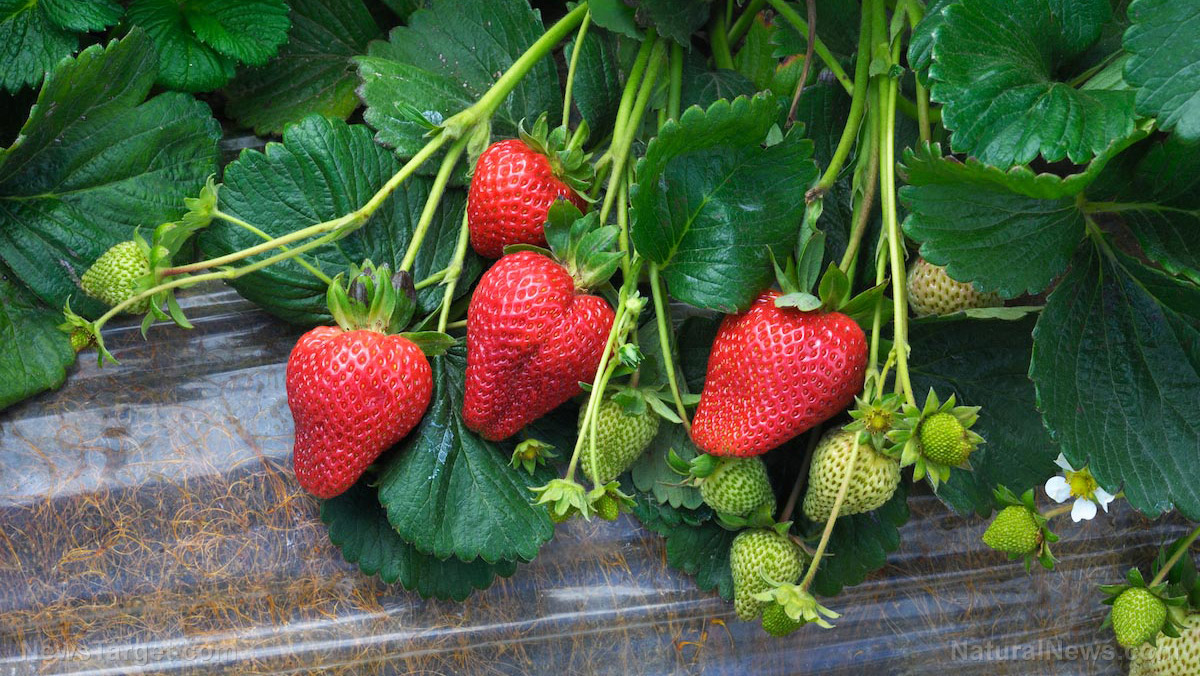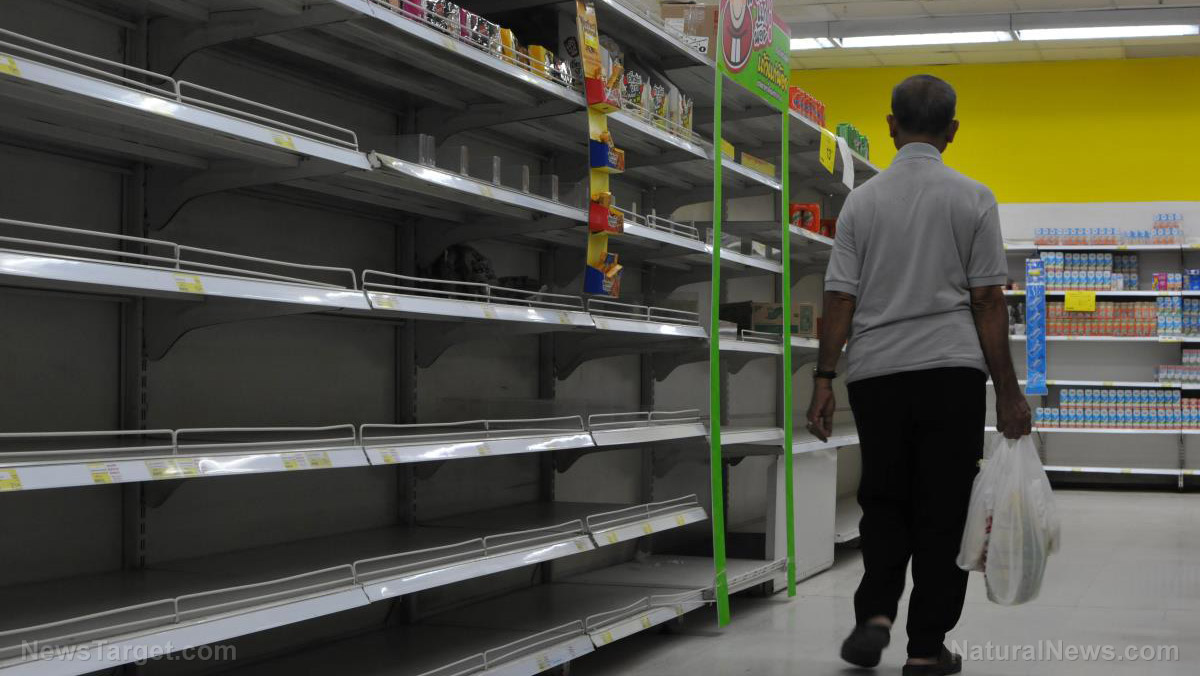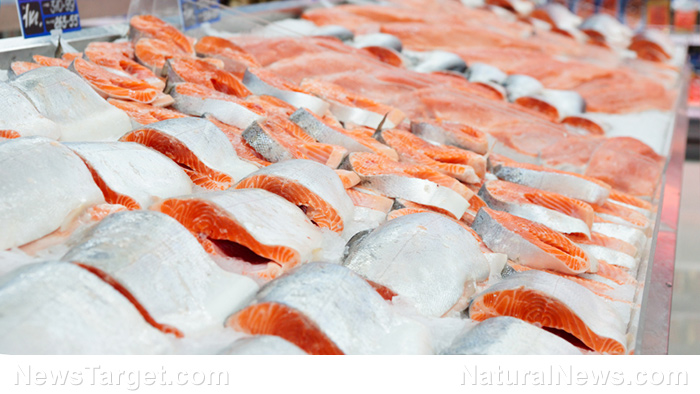Food storage tips: Considerations for making the most out of your food prepping budget
06/29/2019 / By Zoey Sky

Preppers who are new to food storage can get overwhelmed because of all the planning required for this task. But like other elements of prepping, you can get started by deciding on your goal – like how much food to keep in your stockpile. (h/t to SurvivalistPrepper.net)
You don’t have to spend all of your money on your food stockpile, especially if your budget is already allocated for other necessities. Start small by buying several cans of extra food while grocery shopping. In time, you’ll have enough for your stockpile.
The items listed in this article will help you maximize your budget and the effort you put into organizing your food stockpile.
Foods with a long shelf life
Buy food with a longer expiration date and rotate your supplies to avoid spoilage. It’s nice to have food with a 25-year shelf life in your pantry, but it’s not necessary. If you eat what you store and replace what you consume, pantry foods with a best-by date of one to three years will do.
Favorite foods
To save money on your food stockpile, store items that your family won’t mind eating even for several days (or weeks) in a row.
Easy-to-cook meals
You may need to stock up on easy-to-cook meals if your area is prone to long-term power outages. Even if you rarely experience blackouts, it’s a good idea to have access to ingredients that can be used to make meals without needing too many resources like fire or electricity.
High-calorie foods
The average person needs at least 2,000 calories per day to keep up his or her energy.
These 10 foods are high in calories, so consider stocking up on them in case SHTF and you need to keep up your strength:
- Brown rice
- Canned cheese
- Dark chocolate
- Dried potatoes
- Freeze-dried meat or natural jerky
- Nuts
- Oats
- Peanut butter
- Raisins
- Sesame seeds/sesame seed butter (tahini)
Protein-rich foods
In a long-term disaster scenario, you may have to worry about having enough protein, as well as calories, carbohydrates, and fats to keep up your strength and ensure your survival.
However, in a short-term survival event, you should eat foods high in essential nutrients instead.
Food staples
This food group includes ingredients that can be used to make different meals, like beans, canned food (e.g., fruits, meat, or vegetables), pasta, or rice. You can experiment with easy recipes and learn which ones your family likes, then stock up on the items you used for these family favorites.
You may also stock up on condiments like ketchup, mustard, sauces, and various herbs and spices. When SHTF, use these ingredients to make comforting, filling meals that can boost everyone’s morale.
Foods that don’t require refrigeration
Not all survival scenarios involve power blackouts, but it won’t hurt to have ready-to-eat foods that don’t require refrigeration, just in case.
Comfort food
These foods aren’t always nutritious, but everyone needs some comfort food, especially during a long-term disaster situation. Stock up on common favorites like candy, chocolates, coffee, tea, and treats for your pets.
Considerations for long-term food storage
When planning the items to stockpile, consider these factors.
- Storage space – Storage space is the main consideration when setting up your food stockpile. If you don’t have enough space in your home for a one-year food supply, stick to a one-month stockpile or anything manageable that won’t take up too much space in your house.
- Your family size – When calculating how much food to stockpile, consider the size of your family. You may also want to add extra food to help offset over-usage, spoilage, or waste.
- Your budget – Most aspects of prepping require a budget, but you should never spend more than you can spare to avoid financial problems. Set aside what little money you can and be disciplined enough to stick to your budget.
- Cooking accessories – In the hustle and bustle of prepping, you may forget accessories like can openers or a hand mill for grains. You also need cooking accessories for outdoor food prep.
These tips may help you develop a well-rounded food storage plan that will keep your whole family fed during both short-term and long-term SHTF scenarios.
Sources include:
Tagged Under: canned food, disaster, emergency food, food collapse, food safety, Food storage, food supply, homesteading, off grid, preparedness, prepper, prepping, SHTF, starvation, survival food, survival gear, survival supplies
RECENT NEWS & ARTICLES
COPYRIGHT © 2017 FOOD COLLAPSE


